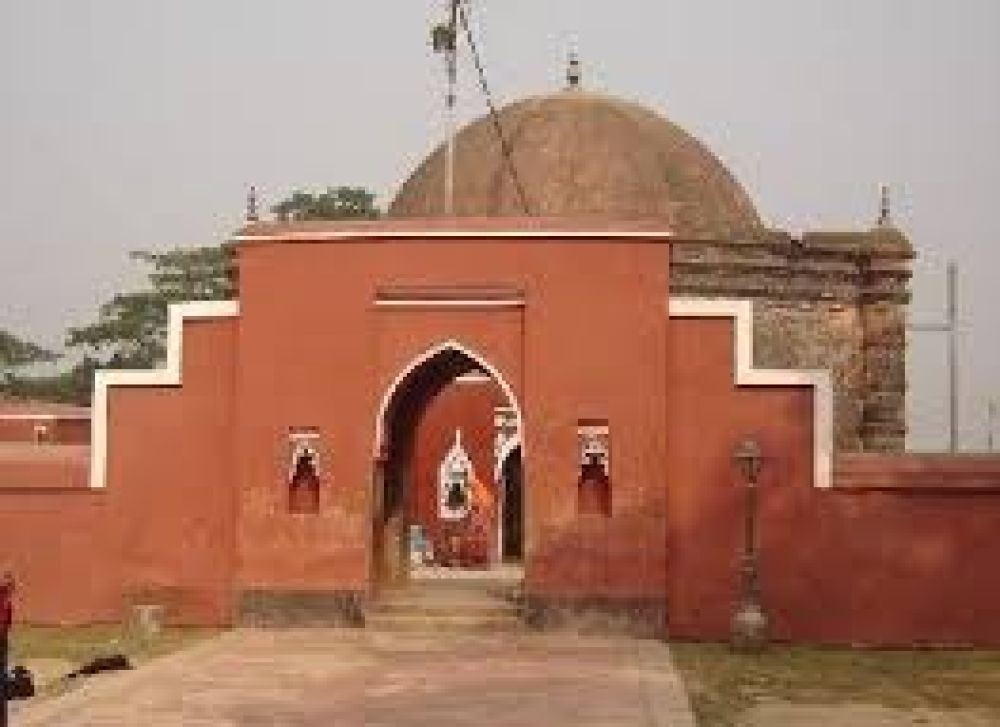

The Tomb of Khan Jahan Ali is an enchanting historical site located in the Bagerhat district near Khulna city in Bangladesh. This site is a significant testament to the Islamic history and architectural heritage of the region. Let's delve into the past and present of this fascinating destination.
The Tomb of Khan Jahan Ali was built in the mid-15th century and serves as the final resting place of the revered Sufi saint, Khan Jahan Ali. He is credited with the widespread propagation of Islam in the region and was a respected figure among the locals during his lifetime. The tomb is part of the ancient city of Khalifatabad, which is now recognized by UNESCO as a World Heritage Site.
The structure exemplifies the unique Turkic architectural style of the era, featuring a domed roof and terracotta carvings that add to its grandeur. The complex also houses several other mausoleums and mosques constructed with beautifully crafted red bricks.
Tourism at the Tomb of Khan Jahan Ali has gradually developed as the significance of the site has grown internationally. Attention to this historical monument increased after UNESCO declared it a World Heritage Site in 1985, under the name "Historic Mosque City of Bagerhat." Since then, the tomb, along with the surrounding mosques and structures, has seen a steady influx of both local and foreign visitors interested in the rich cultural and historical heritage of Bangladesh.
In recent years, tourism trends have seen a shift with visitors seeking more experiential and culturally immersive encounters. The authorities have taken steps to improve facilities around the Tomb of Khan Jahan Ali, with better information centers and guided tours available in multiple languages to accommodate international tourists. Eco-tourism is also on the rise, with visitors looking to explore the nearby Sundarbans mangrove forest, the largest of its kind in the world, after paying homage to the Sufi saint.
Today, visitors to the Tomb of Khan Jahan Ali can partake in various activities, including boat rides on the surrounding waters, visiting nearby attractions such as the Sixty Dome Mosque (Shat Gombuj Masjid), and enjoying local cuisine. The annual Urs festival is a significant occasion when thousands of pilgrims congregate at the tomb to pay their respects and participate in the religious festivities.
With ongoing conservation efforts and the promotion of sustainable tourism practices, the Tomb of Khan Jahan Ali continues to be a beacon of cultural pride and a must-visit for those intrigued by the heritage of Bangladesh.